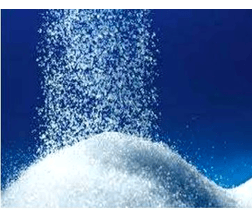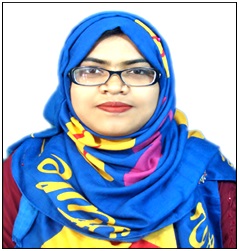IN VITRO DISSOLUTION STUDY OF GLIMEPIRIDE FROM BINARY AND TERNARY SOLID DISPERSION FORMULATION
Keywords:
Fusion Method, Glimepiride, poorly soluble drugAbstract
Objective: Glimepiride (GMP) is poorly water soluble drug, so solubility is the main constraint for its oral bioavailability. Because, poor aqueous solubility and slow dissolution rate of the glimepiride lead to irreproducible clinical response or therapeutic failure in some cases due to sub therapeutic plasma drug levels.
Methods: In this study, binary and ternary solid dispersion of glimepiride were prepared with polyethylene glycol 6000 (PEG 6000) and polyethylene glycol 4000 (PEG 4000) at different weight ratios using the solvent evaporation and melting method.
Results: It was found the drug was released 0.46% after 5 minutes and only 15.83% within 60 minutes from active glimepiride on the other hand the release pattern of glimepiride from the binary formulation containing PEG 4000 in 1:5 (Formulation coding: G5) showed the best result.
Conclusion: It was found that the ternary different SD formulation containing (PEG4000: Glimepiride: Povidone) in ratio 1:1:0.25 (Formulation G13) showed the best result. The drug was changed to amorphous form after solid dispersion. It was also evident that solid dispersions improve solubility of drug particles thus enhancing dissolution characteristics of drugs they increase the oral bioavailability.

Peer Review History:
Received 1 August 2019; Revised 6 September; Accepted 28 October, Available online 15 November 2019
Academic Editor: Rola Jadallah , Arab American University, Palestine, rola@aauj.edu
, Arab American University, Palestine, rola@aauj.edu
Reviewer(s) detail:
Dr. Mohammed Abdel-Wahab Sayed Abourehab , Umm Al-Qura University; Makkah Al-Mukarramah, Saudi Arabia, mohawahab2002@yahoo.com
, Umm Al-Qura University; Makkah Al-Mukarramah, Saudi Arabia, mohawahab2002@yahoo.com
Dr. Evren Alğin Yapar , Turkish Medicines and Medical Devices Agency, Turkiye, evren.yapar@yahoo.com
, Turkish Medicines and Medical Devices Agency, Turkiye, evren.yapar@yahoo.com
Downloads

Published
How to Cite
Issue
Section

This work is licensed under a Creative Commons Attribution-NonCommercial 4.0 International License.









 .
.